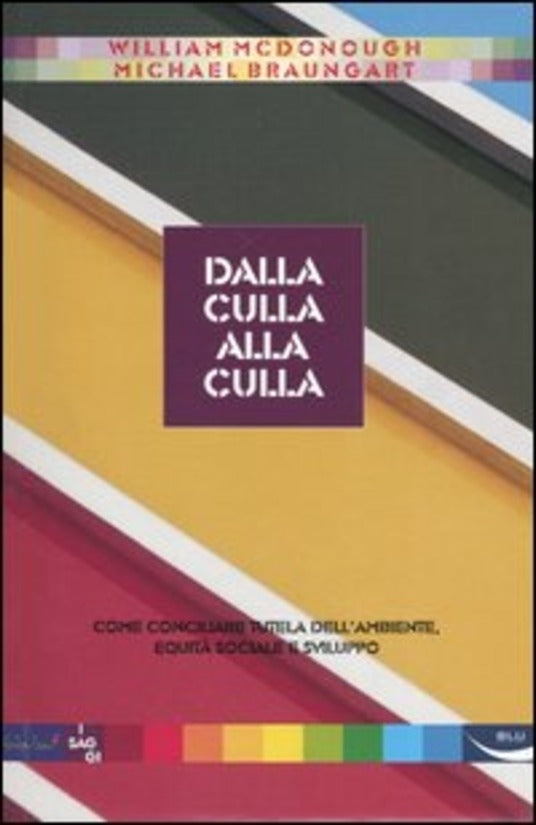From Cradle to Cradle - William Mcdonough, Michael Braungart
Have a question?

From Cradle to Cradle - William Mcdonough, Michael Braungart
Dettagli
Description
How can we defend ecosystems from our reckless aggression and how can we stem the rapid depletion of natural resources? The traditional response that emerges from the environmentalist world is "to reduce the intensity of production processes, recycle the resulting waste and limit consumption". But the answer that the American architect William McDonough and the German chemist Michael Braungart provide us in this provocative and visionary text is radically different. It is an answer that starts from the observation of some crucial natural phenomena: a tree produces thousands of seeds to ensure reproduction and this overabundance does not represent a waste, but rather an opportunity as it makes matter and energy available for a large quantity of others living organisms. Natural evolution, the processes of competition between species and individuals, have designed the tree in such a way that every portion of its tissues, every organ always finds an effective place in the context of the ecosystem in which it is located.
Thus the authors propose a third way with respect to the dualism growth/protection of environmental balances, a way which materializes in the watchword of "eco-effectiveness" (very different from eco-efficiency or environmental sustainability) and is based on three fundamental concepts: 1) the design of production chains which envisage, upstream (starting from the architecture of the industrial buildings up to the final product), the re-inclusion of materials in subsequent production cycles; 2) the clear separation between "biological metabolism" and "technological metabolism"; 3) the transition from the concept of selling products to the concept of selling services (for example no longer selling a television, but selling a certain number of hours of broadcasting).
The innovative theoretical elaboration is accompanied by a rich review of concrete examples which make the volume a strong design stimulus tool.
The hope expressed by the authors of making future life pleasant for the "little ones of all species on the planet" seems to be taking shape. The debate is open.


